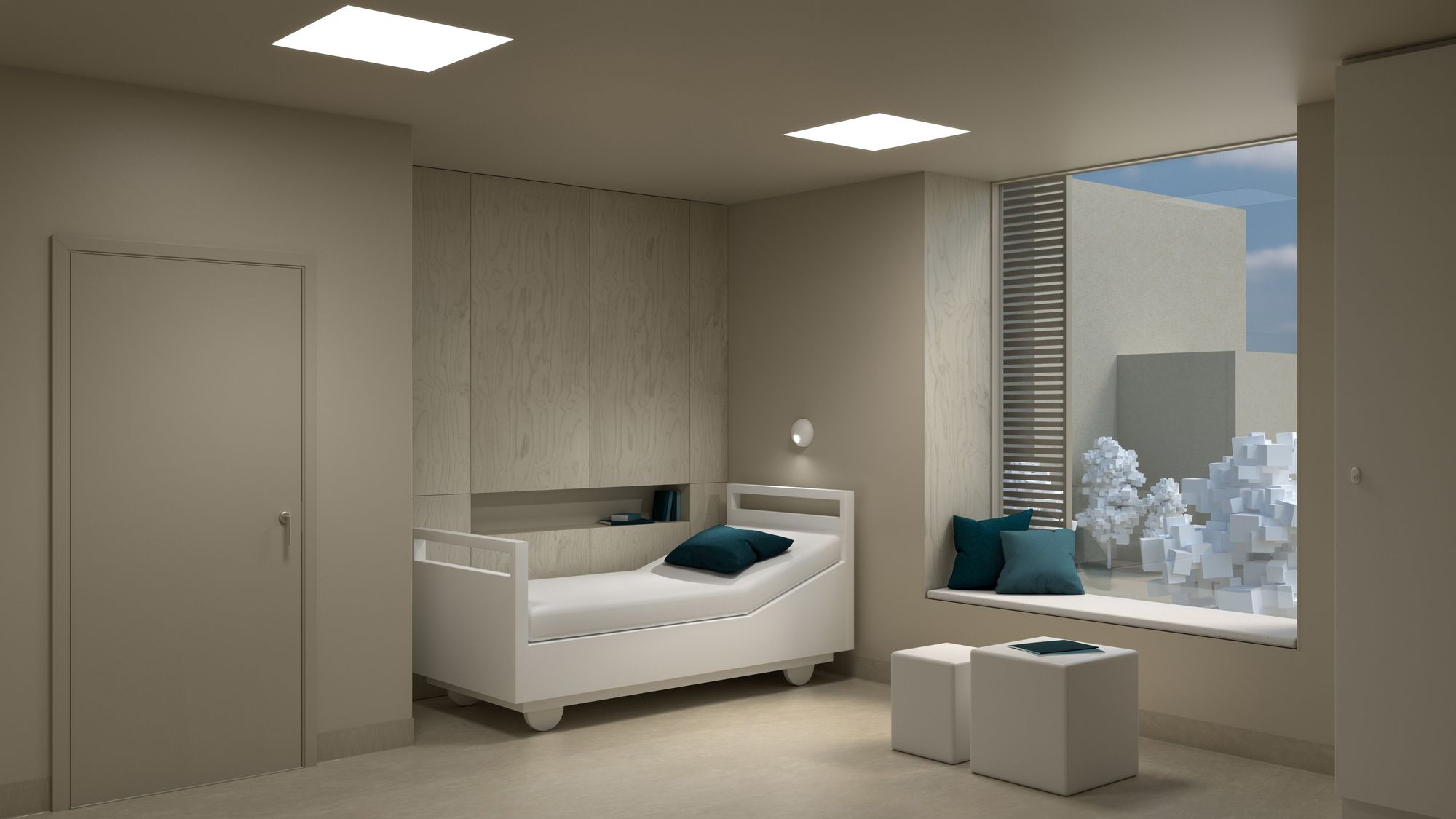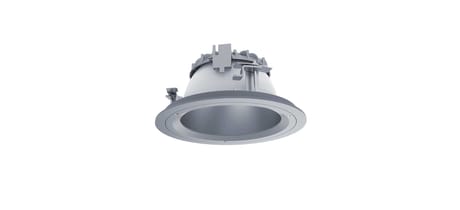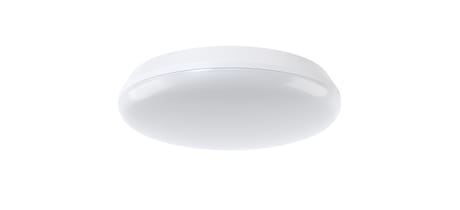Mental care
We know that human behaviour is influenced by our physical environment. Within mental healthcare services, an open and caring environment for patients is recommended, one which also provides a safe and attractive workplace for staff. We consider lighting a natural means for helping to achieve this.

Stress-reducing environments
Good mental health is a prerequisite for functioning well in society, ensuring good quality of life and a healthy balance. Mental health problems entail reduced mental capacity, when suffering from i.e. depression, anxiety or lethargy. Mental health services are tasked with preventing, alleviating and treating mental health disorders and their consequences.
Getting back on track
Just as with physical illness, recovery is easier if the natural circadian rhythm is maintained while being cared for. Ensuring that the body can relax during the night promotes recovery and helps the patient to get back on track. Patients with mental health problems require a safe and comfortable care environment. This makes it a good idea to minimise any stimuli that patients may find unsettling. Studies have shown that natural light, and daylight in particular, has a positive effect on stress and anxiety. (1)(2)
In general, subdued, warm lighting is perceived as more relaxing and soothing than lighting with a strong luminous flux and high colour temperature. Our solution makes use of Amber as, for example, a night-time orientation light. Filtering out particular colours, mainly within the blue and green ranges of the spectrum, and instead emphasising the red stimulates the body's melatonin production, making us want to sleep. This helps to maintain a natural circadian rhythm and creates a sense of calm for the patient.
1) https://psycnet.apa.org/record/2008-12862-006
2) https://psycnet.apa.org/record/2001-06276-003
Light planning according to Human Centric Lighting
Human Centric Lighting comprises lighting solutions that meet people’s visual, biological and emotional light needs by means of a combination of daylight and electric lighting. With lighting that supports the human circadian rhythm, it is possible to create work environments that help people both to sleep and feel better, as well as to be more productive. This is achieved, in part, through a combination of different levels of light intensity as well as different colour temperatures. To get the right dose of light, we can either opt for a large amount of light for a short period of time or less light for a longer period, ranging from 30 minutes to 3 hours. Here at Fagerhult, we recommend starting the day with 250 melanopic lux for 2 hours.
Lighting with a biological impact on our circadian rhythm can be planned within the framework of all lighting projects using the factor Melanopic Ratio, which we present for all our luminaires.
1. Day 4000 K. Natural light, preferably daylight, has a positive effect on stress and anxiety.
2. Evening 3000 K. During the afternoon, we recommend a warmer light to follow the body's natural circadian rhythm.
3. Night 1800 K or Amber. The low light levels allow the patient to sleep and recuperate without being disturbed by the light during any periods they are more awake.
A safe and secure workplace
Working with people in crisis can be challenging. For healthcare staff, the care environment is their workplace, and they should feel safe and secure there. For patients, the struggle with mental health problems can be expressed in different ways, occasionally making the environment chaotic for everyone involved.
Accordingly, all luminaires are of an approved safety class and designed and fitted so that they can only be used for their original purpose – to illuminate the premises. The lighting can be adapted to different times of the day and different nursing tasks, such as examinations, sample collection and counselling.

